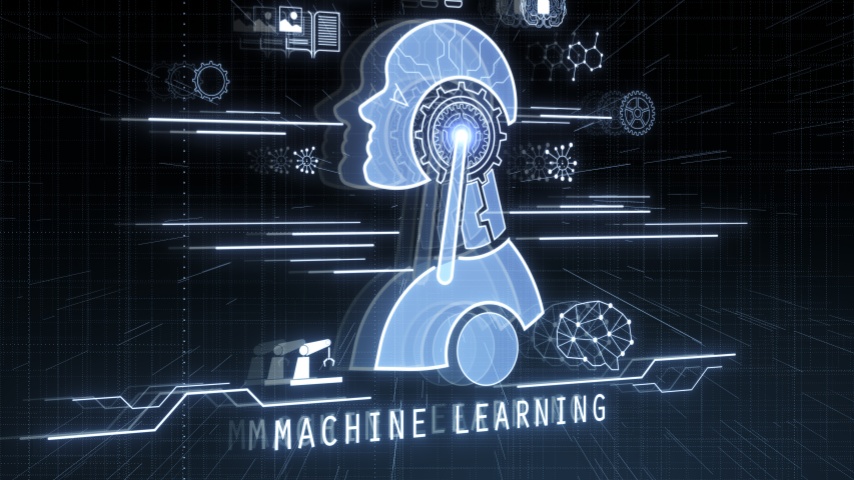With the continuous advancement of technology, Artificial Intelligence (AI) and Machine Learning (ML) have become key drivers in technological development. These advanced technologies have shown immense potential in understanding complex data, improving decision-making efficiency, and optimizing operational processes. Particularly in the field of pressure sensors, the combination of AI and ML has not only enhanced sensor performance but also expanded their application range, paving the way for future technological innovations.

Existing Pressure Sensor Technology
Presently, pressure sensor technology is extensively employed across diverse sectors such as manufacturing, healthcare, environmental monitoring, and consumer electronics. These sensors are renowned for their high precision, swift responsiveness, and enduring stability. In manufacturing, they are crucial for monitoring process flows and detecting anomalies in hydraulic and pneumatic systems, thereby preventing equipment failures. In the healthcare sector, pressure sensors are vital in applications like hyperbaric therapy and In Vivo Blood Pressure Sensing, ensuring accurate patient monitoring. For environmental monitoring, these sensors are indispensable in measuring emissions and managing wind applications. In consumer electronics, they enhance user experience, evident in devices like intelligent vacuum cleaners that adjust settings based on suction changes. Despite their widespread utility, current technologies encounter challenges in complex environments, particularly concerning noise interference and data processing capabilities. Enhancing these sensors to effectively handle intricate scenarios and interpret data with minimal noise disruption remains a pivotal focus for advancing their application in these critical areas.
Integration of Artificial Intelligence and Machine Learning
The integration of AI and ML into pressure sensor technology has led to significant advancements. These algorithms enable sensors to analyze and interpret complex data with greater accuracy. For instance, in the automotive industry, ML-based tire pressure monitoring systems (TPMS) now use existing vehicle data to predict tire wear and adjust for temperature changes, enhancing safety. AI-optimized systems can iteratively redesign sensor hardware, improving sensing capabilities while reducing data processing loads. This fusion of AI and ML with sensor technology not only improves accuracy but also adapts sensors to diverse environments and scenarios, broadening their applicability across various industries.
Future Trends and Directions
The rapid advancement of AI and ML technologies is set to revolutionize pressure sensor technology, making these sensors more intelligent and multifunctional. They will be capable of analyzing environmental changes in real-time and autonomously adjusting to diverse application needs. This evolution aligns with the expected trends in sensor miniaturization, wireless connectivity, and IoT integration. Innovations like deep learning-based RNA molecular sensors demonstrate the potential for operation in complex biochemical environments, marking a significant leap towards more versatile and responsive sensor technologies in various fields, from healthcare to environmental monitoring.
Challenges and Opportunities
The main challenges in integrating AI/ML with pressure sensor technology include data protection, algorithm optimization, and cost control. However, these challenges also present opportunities, such as developing new data protection methods, creating more efficient algorithms, and reducing manufacturing costs.
Conclusion
Artificial Intelligence and Machine Learning are redefining the future of pressure sensor technology. By offering higher accuracy, stronger environmental adaptability, and smarter data processing capabilities, AI and ML are not only addressing the limitations of existing technologies but also opening up new application prospects. Facing this rapidly evolving field, industry practitioners need to continuously innovate to fully leverage the opportunities brought by these new technologies.
Post time: Dec-13-2023

